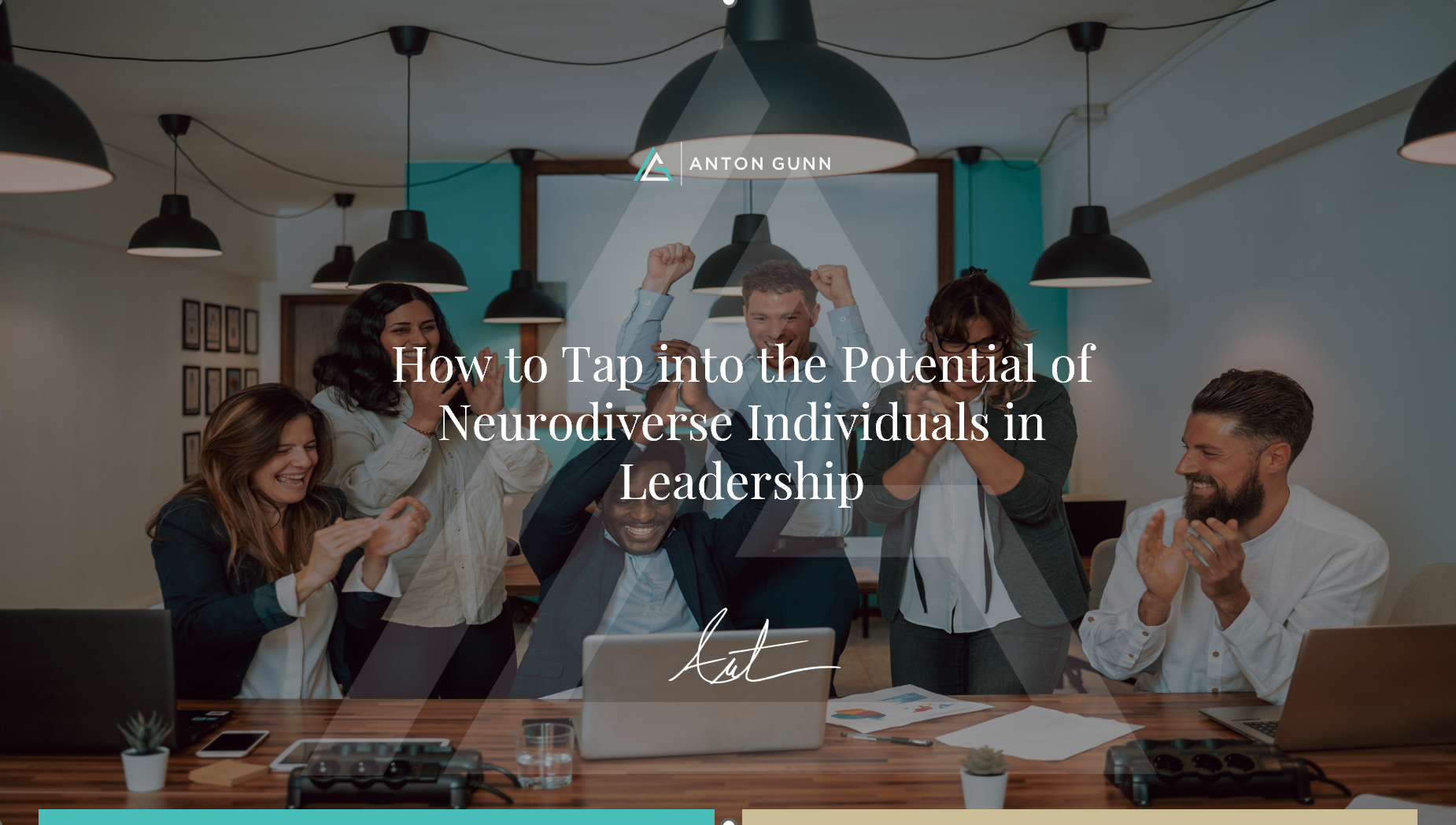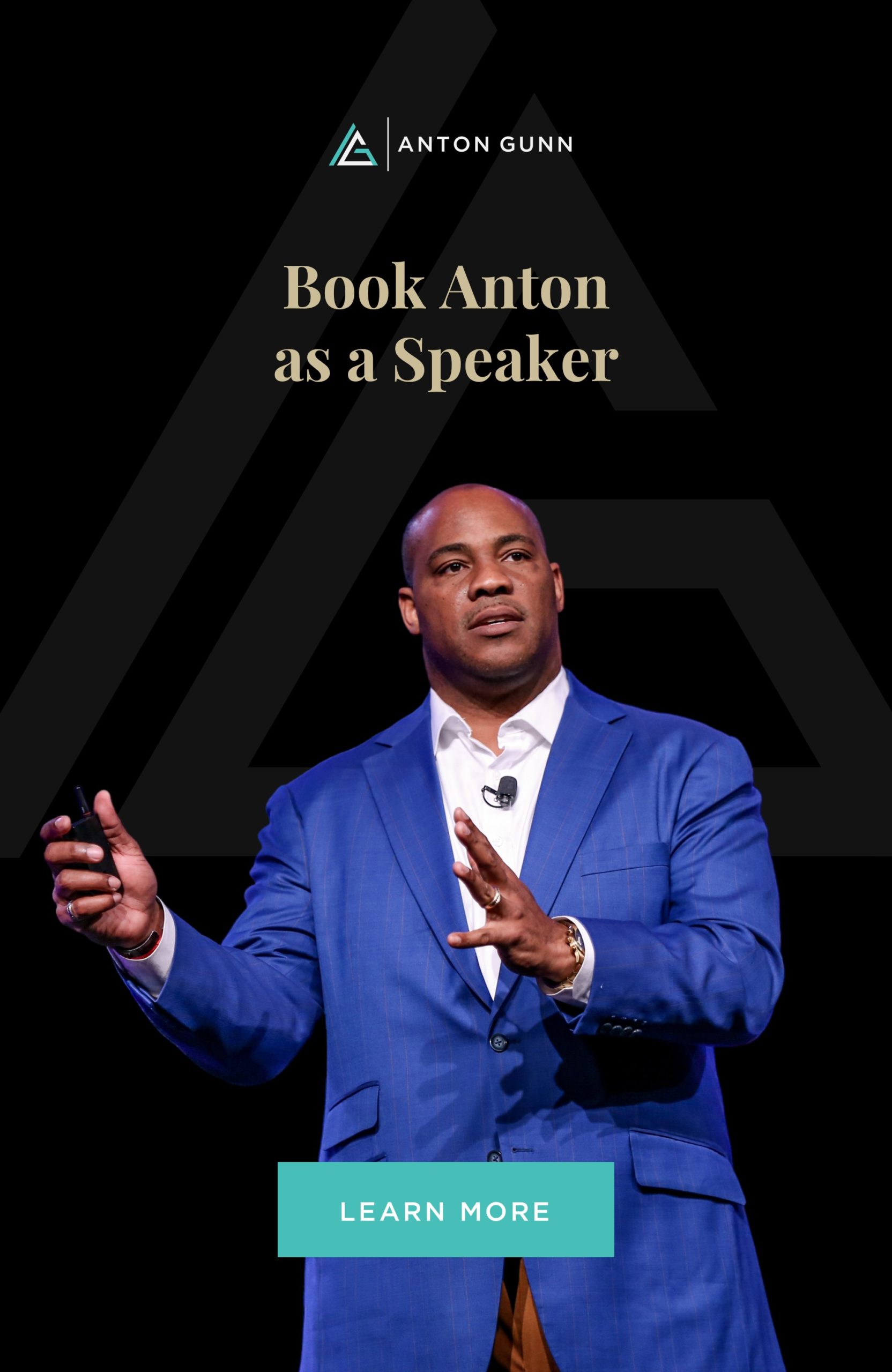In the vast universe of leadership, it’s all too easy to miss the stars that shine differently. While my journey has taken me through diverse landscapes—from the public sector to corporate America—I’ve always believed that the true essence of leadership lies in embracing all forms of diversity. One of the most overlooked yet crucial forms is neurodiversity.
Defining Neurodiversity
Before we delve deeper, let’s understand neurodiversity. It’s a concept that recognizes and respects neurological differences just as we would any other human variation. From Autism, ADHD, to Dyslexia, neurodiverse individuals often possess unique perspectives and abilities.
An Untapped Reservoir of Leadership
Historically, neurodiverse individuals have been sidelined, their potential overshadowed by stereotypes and misunderstandings. Yet, in my interactions, I’ve found that many neurodiverse individuals possess inherent leadership qualities:
1. Unparalleled Focus: Think of the ability to zone in on a task or a subject—something often seen in individuals with Autism. This laser-focused approach can lead to unparalleled expertise and innovation.
2. Thinking Outside the Box: Many neurodiverse individuals don’t conform to traditional thinking patterns. They’re the epitome of out-of-the-box thinkers, challenging norms and bringing fresh perspectives.
3. Resilience & Adaptability: Overcoming daily societal challenges that aren’t designed for their neurotype, neurodiverse individuals often develop resilience. This grit is invaluable in leadership roles.
Fostering Neurodiverse Leadership
The question then isn’t about the potential of neurodiverse individuals in leadership but how we, as a society, are paving the way for them:
1. Redefine Leadership Qualities: Leadership isn’t a one-size-fits-all. We must broaden our understanding and criteria of leadership to recognize and celebrate different strengths.
2. Education & Training: Training sessions focused on neurodiversity can dispel myths and foster a supportive environment. It’s about understanding, not just tolerance.
3. Create Inclusive Workspaces: From flexible working hours to quiet spaces, simple modifications can make workplaces more accessible and comfortable for neurodiverse individuals.
The Way Forward
We’re in an era where the paradigms of leadership are shifting. As we champion diversity, we must ensure neurodiversity isn’t left behind. The world needs leaders who see it differently, approach problems differently, and inspire change differently.
Neurodiversity isn’t a trend. It’s an integral thread in the intricate fabric of humanity. By recognizing and nurturing the potential of neurodiverse individuals in leadership roles, we’re not just championing inclusivity; we’re tapping into a spectrum of potential that can reshape our world.
Did you love this blog and want to read more? Keep reading
Catch Anton Gunn Live on LinkedIn







